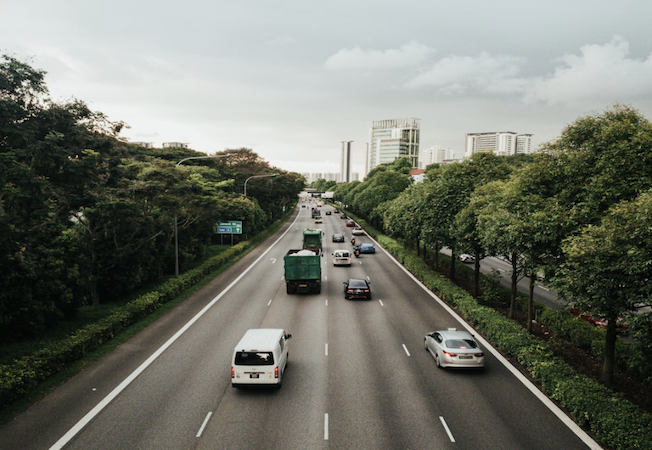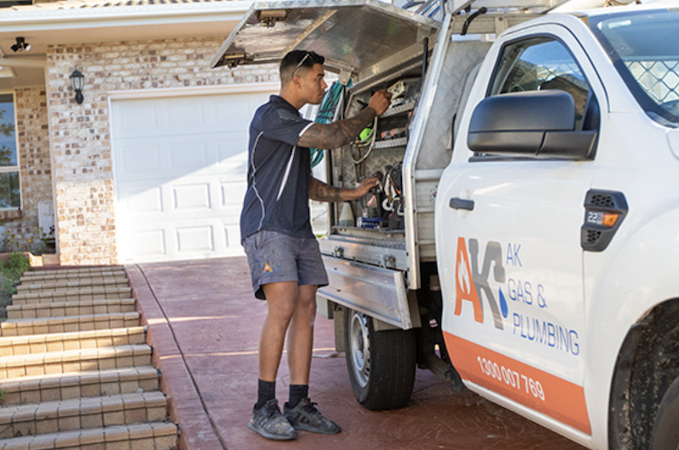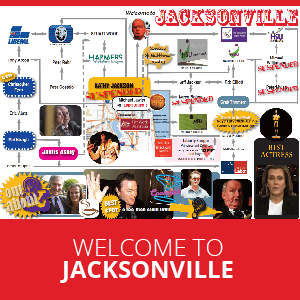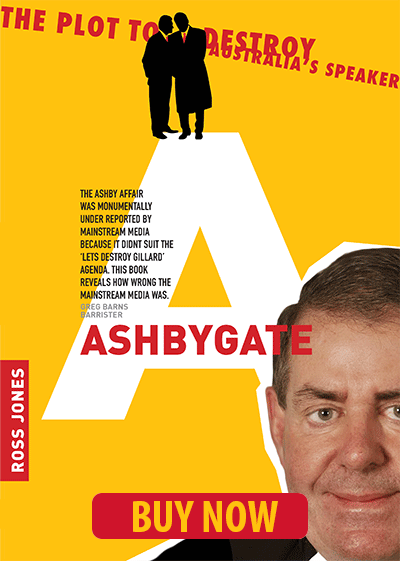When most Australians think about the cost of a car accident, they picture ambulance bills and hospital stays. But that's just the tip of the iceberg. The real financial devastation unfolds slowly, often catching victims completely off guard.
Last year, over 1,200 Australians died on our roads and more than 39,000 were seriously injured. Behind each of these statistics is a person facing a cascade of costs that extend far beyond their initial medical treatment. Hospital bills might be covered by Medicare or private insurance, but what about everything else? The income you lose while recovering. The ongoing rehabilitation. The home modifications. The psychological trauma that lingers long after physical wounds heal.
Let's pull back the curtain on what road accidents really cost.
The immediate financial shock
The first hit comes fast. You're lying in an emergency department, and the bills are already piling up. Even with Medicare, there are gaps. Ambulance transport can cost anywhere from $400 to over $1,000, depending on your state and whether you have ambulance cover. Emergency department treatment, initial scans and X-rays all come with fees that Medicare doesn't fully cover.
Most accident victims don't realise the full scope of what they're facing until they're already drowning in expenses. And here's the problem: insurance companies aren't exactly rushing to tell you about all the compensation you might be entitled to. Many victims don't even know they should consult a car accident lawyer to understand their full rights and entitlements under Australian law.
If you need surgery or an ICU stay, those gap payments multiply quickly. Private health insurance helps, but even the best policies leave you paying thousands out of pocket. One Victorian woman told researchers she paid $8,000 in gap fees for a surgery that insurance "covered."
Physical recovery costs
Physiotherapy appointments at $80 to $120 each, twice a week for months. Occupational therapy to help you relearn basic tasks. Specialised equipment like walking frames, shower chairs, or grab rails for your home. None of this comes cheap and Medicare only covers a fraction.
Then there are the medications. Pain management alone can run hundreds of dollars monthly, especially if you need anything beyond basic painkillers. The Pharmaceutical Benefits Scheme helps, but there are still significant out-of-pocket costs.
If your injury is severe enough to require home modifications—widening doorways, installing ramps, renovating bathrooms — you're looking at tens of thousands of dollars. Some government assistance exists, but waiting lists are long and most modifications exceed the available grants.
The long shadow of rehabilitation

Psychological trauma
Here's something that doesn't get talked about enough: the mental health toll. PTSD from road accidents is incredibly common. You might develop anxiety about driving or even being in a car as a passenger. Depression often follows, especially when you're dealing with chronic pain and financial stress simultaneously.
Mental health treatment in Australia is expensive. Even with a Mental Health Care Plan, you only get ten subsidised sessions per year. After that, you're paying $200 or more per session. For someone dealing with serious trauma, ten sessions barely scratch the surface.
The psychological impact ripples through your entire family, too. Partners become carers. Children worry about their injured parent. Relationships strain under the pressure of medical appointments, financial stress and personality changes that often accompany brain injuries or chronic pain.
Lost income starts immediately
But here's what really catches people by surprise: your income stops the moment the accident happens. If you're lucky enough to have sick leave, that might tide you over for a few weeks. But what if you're casual? Self-employed? A gig worker?
The average serious road accident injury keeps people off work for three to six months. Some never return to their previous employment. Think about that for a moment. Three months without your regular income. How would your family cope?
Employers are supposed to maintain workers' compensation insurance, but the reality is often messier. Claims get disputed. Payments get delayed. And if the accident wasn't work-related, you might be entirely on your own. This is where many victims realise they need guidance from an injury lawyer who understands how to navigate compensation claims and ensure they're not left financially stranded during recovery.
Regional disparities in access and support
If you think recovering from a road accident is hard in the city, try doing it from a regional area. The challenges multiply exponentially.
The urban-rural divide

In major cities, you might have half a dozen physiotherapy clinics within a few kilometres. In regional Australia, you might have one — if you're lucky. Many specialist appointments require travelling to larger centres, sometimes hours away.
Take someone recovering from a serious accident in Far North Queensland. They might need to travel to Cairns or even Brisbane for specialised treatment. That's not just the cost of fuel — it's accommodation, meals and time away from whatever work they can manage. One study found rural accident victims spend an average of $3,000 more annually on travel-related medical expenses than their urban counterparts.
The lack of local services means longer recovery times and worse outcomes. When you can only see a physiotherapist once every two weeks instead of twice a week, your recovery slows down. When the nearest psychologist is a three-hour drive away, many people simply don't go.
Regional victims also face unique challenges accessing legal assistance. Finding a lawyer in Cairns or other regional centres who specialises in personal injury claims can be difficult, leaving many victims without proper representation when dealing with insurance companies.
Insurance company tactics
And speaking of insurance companies — let's talk about their playbook. They're businesses and their goal is to pay out as little as possible. They know most accident victims are overwhelmed, in pain and desperate for any financial relief.
So they delay. They request endless documentation. They make lowball settlement offers within weeks of your accident, before you understand the full extent of your injuries or long-term costs. They use complex legal language designed to confuse rather than clarify.
One common tactic is offering a quick settlement that seems generous in the moment but doesn't account for future medical needs, ongoing care, or permanent disability. Once you accept and sign, you've given up your right to further claims—even if complications arise years later.
Navigating the legal maze
The legal complexity surrounding road accident compensation in Australia is genuinely overwhelming. Most people have never dealt with anything like it before and they're trying to navigate it while recovering from serious injuries.
Why legal complexity compounds financial stress
You're not just dealing with one insurance policy — you might be navigating CTP (compulsory third party) insurance, your own comprehensive car insurance, health insurance, income protection insurance and potentially WorkCover if the accident happened during work-related travel. Each has different rules, different claim processes, and different deadlines.
Then there's the matter of establishing liability. Was the other driver at fault? What if there were multiple vehicles involved? What if road conditions contributed? These aren't simple questions and they have massive financial implications.
Australia has strict statutes of limitations for personal injury claims — typically three years, though this varies by state. Miss the deadline while you're focused on recovery and you lose your right to compensation entirely. Meanwhile, evidence degrades, witnesses' memories fade and your case becomes harder to prove.
The cost of getting it wrong
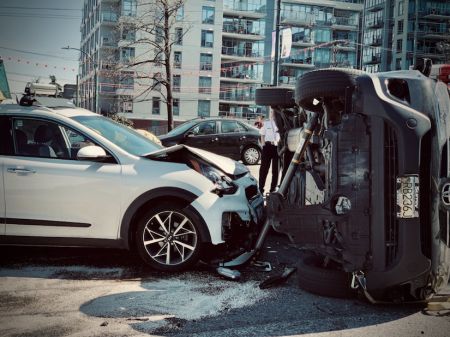
The stakes couldn't be higher. Accept an inadequate settlement, and you might spend the rest of your life struggling financially. Miss a critical deadline, and you get nothing. Fail to properly document your injuries and losses, and you can't prove your claim.
This is why understanding your rights and options becomes crucial. Many victims benefit from consulting traffic accident lawyers who specialise in these complex cases and can ensure all potential compensation sources are identified and pursued. Without proper guidance, people often settle for a fraction of what they're legally entitled to receive.
The insurance company has lawyers working for them from day one. Shouldn't you have someone in your corner too?
Conclusion
The true cost of road accidents extends far beyond hospital bills. It's the income you lose, the rehabilitation that drains your savings, the psychological trauma that affects your whole family and the complex legal battles that determine your financial future.
For regional Australians, these challenges are even more pronounced. Limited access to services, higher travel costs and fewer local support options create additional barriers to recovery and fair compensation.
The system isn't designed to make this easy. Insurance companies profit from confusion and delay. The legal framework is deliberately complex. And victims are expected to navigate all of this while dealing with pain, trauma and financial stress.
We need better transparency around accident costs, stronger protections for victims and improved access to support services — especially in regional areas. Until then, understanding the full scope of what you're facing is your best protection against being shortchanged by a system that too often favours insurers over injured Australians.
FAQs
How long do accident victims typically deal with financial impacts?
The financial impact varies dramatically based on injury severity. Minor injuries might resolve within months, but serious accidents often create financial challenges lasting years or even permanently. Studies show that victims with permanent disabilities face lifetime costs averaging $500,000 to over $2 million when you factor in lost earning capacity, ongoing care needs and medical expenses. Even moderate injuries can impact finances for 2-5 years during rehabilitation and recovery.
Are all accident-related costs covered by insurance?
No, far from it. While CTP insurance covers some injury-related costs, there are significant gaps. Medicare doesn't cover all medical treatments, especially allied health services like physiotherapy and psychology. Income protection might only cover 75% of your salary with a waiting period. Home modifications, specialised equipment and travel costs for medical appointments often aren't covered at all. Many victims are shocked to discover how much they're expected to pay out of pocket.
What should victims document immediately after an accident?
Start documenting everything from day one. Take photos of the accident scene, vehicle damage and your injuries. Collect contact details from all witnesses. Keep every medical receipt, prescription and treatment record. Document your symptoms daily, including pain levels and how they affect your daily activities. Track all time off work and lost income. Save evidence of travel costs for medical appointments. This documentation becomes crucial when making compensation claims — without it, you're relying on memory, which insurance companies will challenge.
Can I still claim compensation if the accident was partially my fault?
In most Australian states, yes. The principle of "contributory negligence" means your compensation may be reduced by your percentage of fault, but you're not necessarily disqualified entirely. For example, if you're found 30% at fault, you might receive 70% of the full compensation amount. However, the rules vary between states — some have threshold limits where if you're more than a certain percentage at fault, you can't claim. This is another area where professional legal advice becomes valuable, as fault determination significantly impacts your financial recovery.


